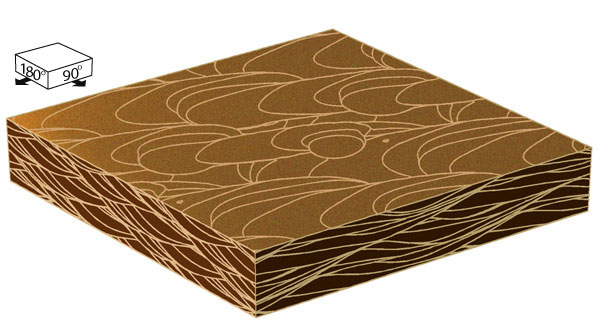Pacific Coastal and Marine Science Center
Bedform Sedimentology Site: “Bedforms and Cross-Bedding in Animation”


FIG. 71. Structure formed by migrating bedforms with spurs that reverse asymmetry and migration direction and have net along-crest migration. This structure is an oblique-bedform analog of the structure shown in Figure 59 and differs from it in that the spurs have a net along-crest migration.
RECOGNITION: The main bedform in this example is oblique to transport. The lee-side scour pits and spurs migrate along-crest in addition to reversing back and forth. This distinctive scour-pit behavior causes scour pits to follow zig-zagging paths that produce zig-zagging, trough-shaped sets of cross-beds (most clearly recognized in horizontal sections). As with other deposits of unsteady three-dimensional bedforms, the complex bed morphology and behavior cause bounding surfaces to dip with a wide range of azimuths and inclinations. Consequently, dips of the bounding surfaces plot as scatter diagrams. Along-crest migration of the spurs prevents the formation of vertically zig-zagging structures, as shown in Figure 59.
ORIGIN: The origin of this structure is similar to that shown in Figure 59 except that those bedforms are transverse to transport and have spurs that do not migrate along-crest; the origin is also similar to that of some examples in Figure 46, but those bedforms have scour pits that migrate in straight lines, and the scour pits shown here migrate with zig-zagging paths.